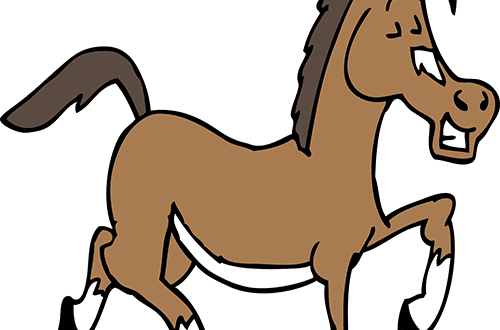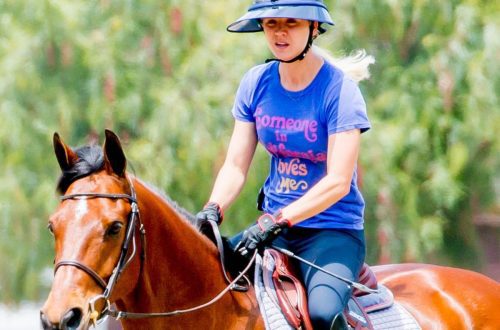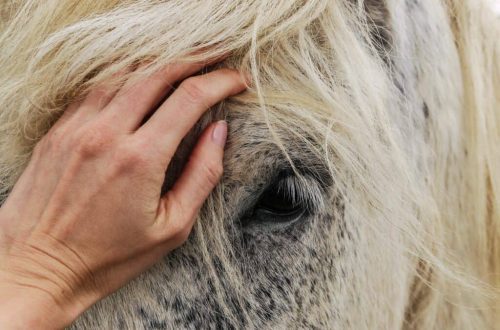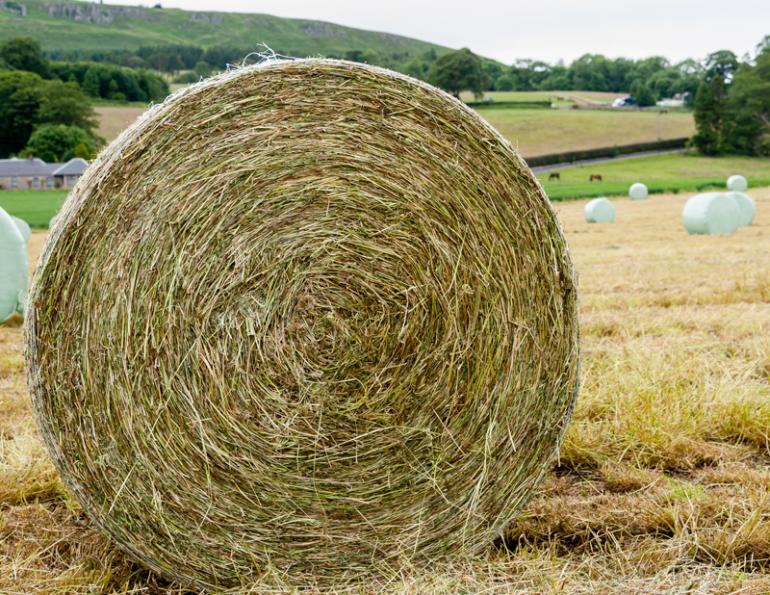
Haylage
Haylage appeared on the feed market in the 80s and has since grown in popularity as horse feed.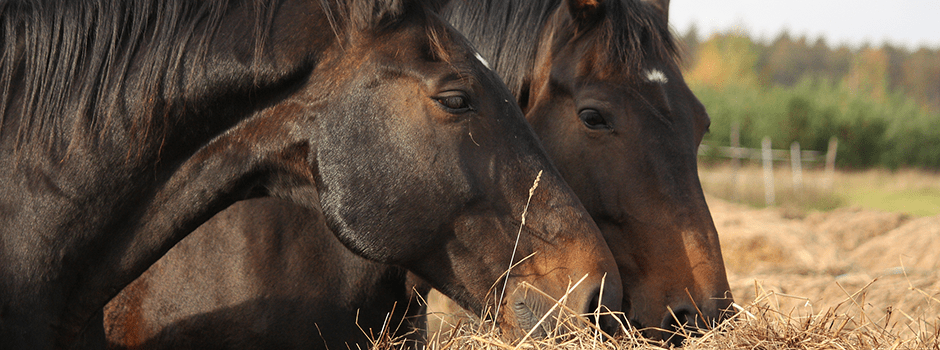 In the photo: horses eat haylage
In the photo: horses eat haylage
Haylage, hay and silage
Haylage is a cross between silage and hay. This is forage harvested in a special way. Haylage has a number of advantages over hay:
- Often the nutritional value of haylage is much higher than the nutritional value of hay.
- Horses are very fond of haylage, they eat it with pleasure and gain weight faster.
- Haylage is convenient for competitors, because small bales can be carried with you.
- Haylage, which is packed in polyethylene, is well stored in the open air.
Silage harvesting
Grass for haylage is grown and cut in the same way as for hay, but the grass is baled before it dries. Therefore, the haylage contains 30 – 40% moisture. The haylage can be affected by mold. To avoid this, the bales are packed hermetically, like silage, to prevent air from entering. Haylage is much easier to harvest than hay, because it does not need to be dried in the field for several days, and airtight packages protect the haylage from dust and molds.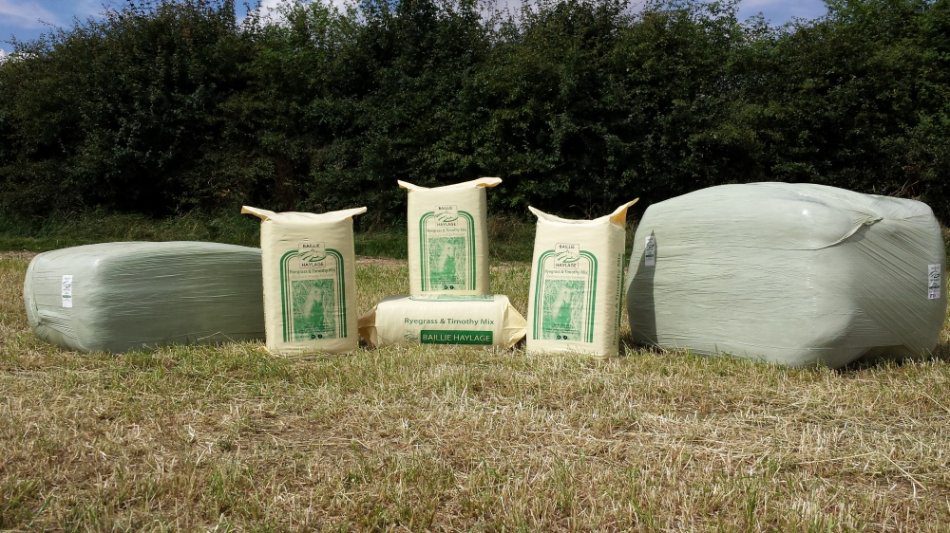 In the photo: haylage in the package
In the photo: haylage in the package
Feeding horse haylage
There are nuances in feeding a horse with haylage.
- Haylage is given 1,5 times more than hay, because haylage contains more water. So in equal quantities, haylage does not replace hay. Sometimes it seems like too much haylage is being used, but remember that because it contains less fiber, it can prevent digestive upsets.
- The quality of hermetic packaging is extremely important. If there is air access, mold will form inside the package, and the food becomes unsuitable for the horse. Check well to see if the bales are airtight. Large bales should be covered with 8 layers of polyethylene (minimum) to prevent grass stalks from piercing through the casing. Check the tightness again before feeding: whether rodents or birds have made holes there.
- Haylage should be bought only from a trusted manufacturer. This will increase the likelihood of purchasing a quality product.
- The opened package must be used up within 4 days at the most (in summer it is faster), because immediately after opening the package, mold begins to form in the haylage.
- Even if the haylage package was airtight, if mold is found, do not feed the horse with such a product. Haylage that looks soiled or dusty should also be avoided.
- Botulism is not to be feared, as the bacteria that causes it do not survive in haylage. But colic after feeding with haylage, unfortunately, happens. Therefore, if your horse is not accustomed to such food, carefully monitor its condition.
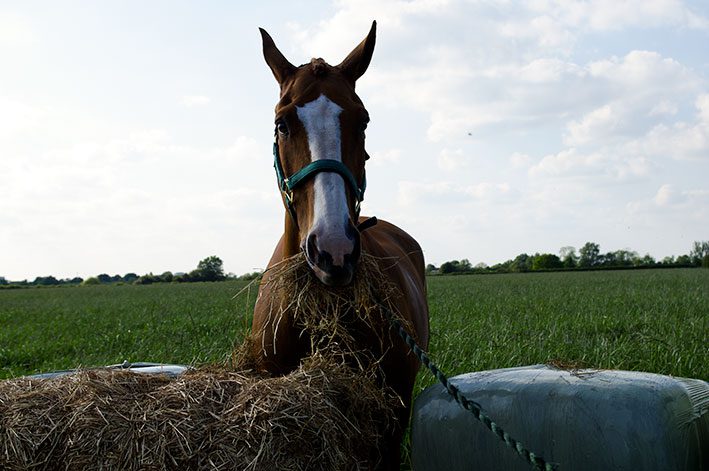 In the photo: a horse eats haylage
In the photo: a horse eats haylage



